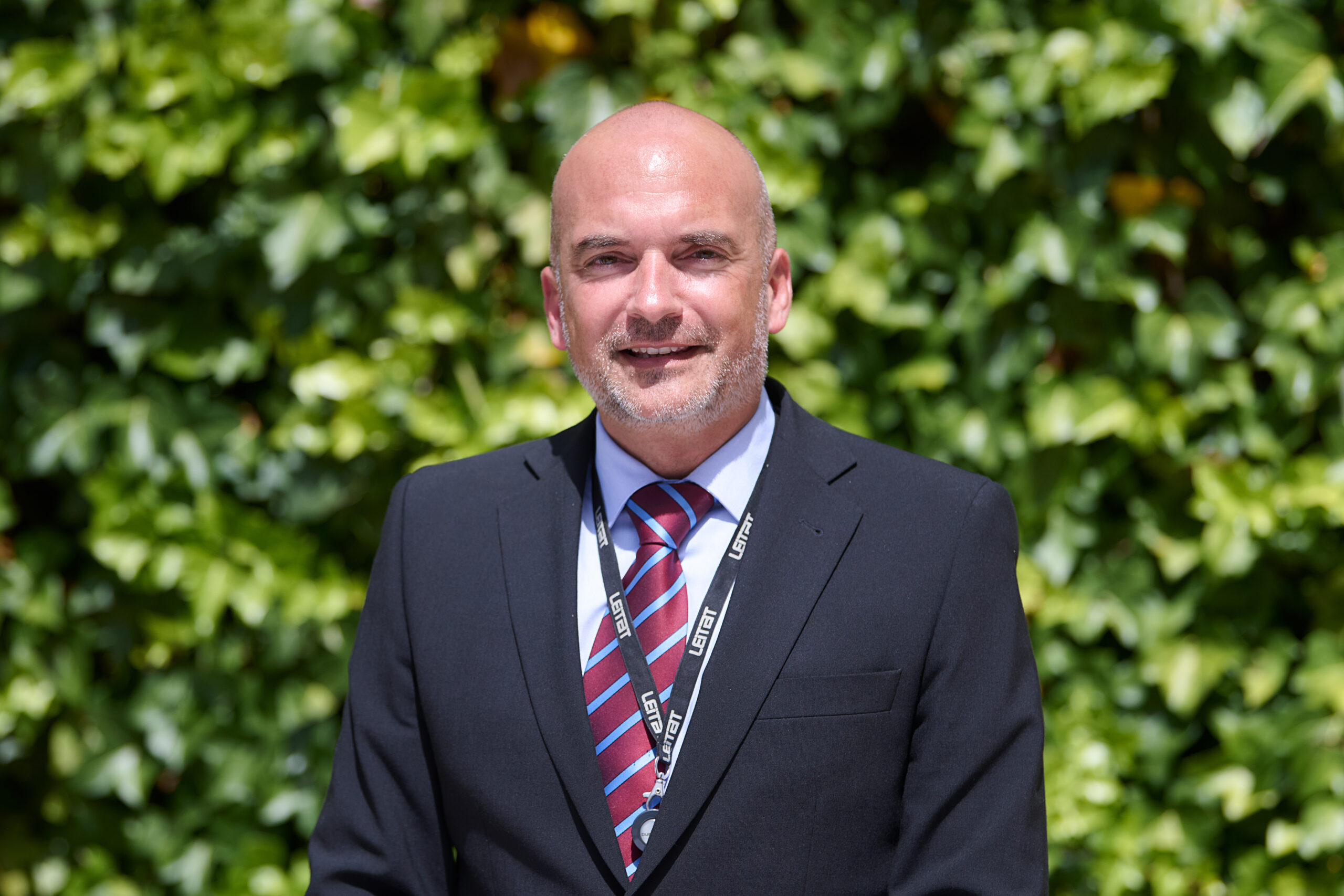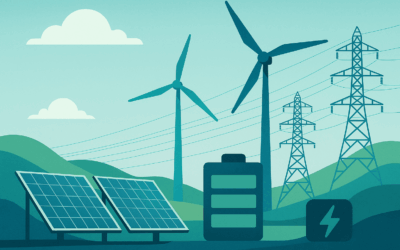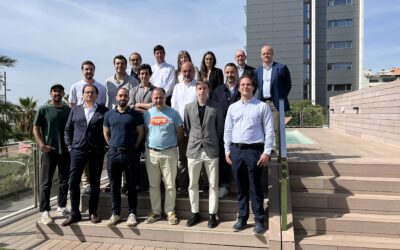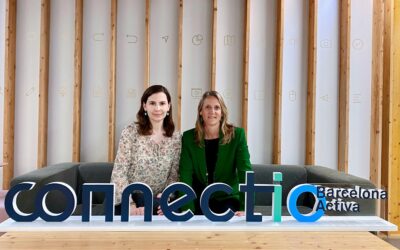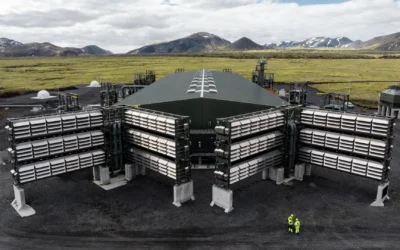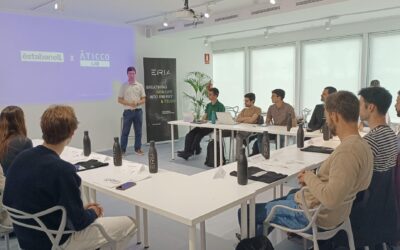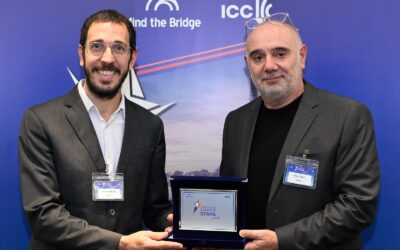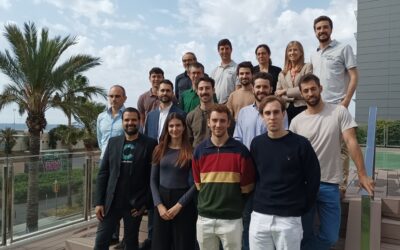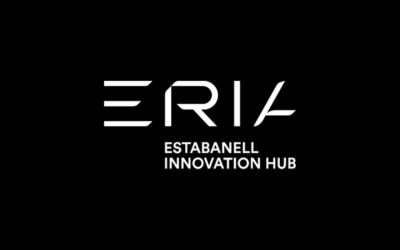Leitat is a technology center with more than 110 years of pioneering experience in industrial innovation processes and in the promotion of innovation through collaboration with companies and entities. Leitat has collaborated with more than 2,000 companies and institutions, and in the last ten years has developed more than 3,400 industrial projects. From ERIA we talk to Sergi Artigas, Innovation Board Strategic Manager at Leitat, about the challenges and opportunities in innovation, technology transfer and collaboration with startups.
What factors differentiate companies that manage to transform their ideas into real and applicable innovations?
Innovative activity is not a one-off. Companies that manage to transform ideas into tangible innovations do so because they dedicate time, effort and resources to it. It is worth reflecting that, regardless of their size, there tend to be some generic factors in common, such as a culture open to change and learning or a high capacity for direct connection with the market and the real needs of their customers; as well as some more unique factors. And, of course, one of the key factors is the financial capacity to deal with innovation or to base innovative activity on technological solutions that provide a competitive differential.
How can companies balance exploitation (daily activity) and exploration (innovation) to be competitive without neglecting their core business?
It’s an interesting dilemma, similar to prioritizing between the urgent and the important. The key is not to choose, but to balance both, making constant adjustments and thinking about the medium and long term. From our point of view, this involves finding organizations that accompany you in this process, as we have seen with our experience in exploration.
What are the main challenges when implementing open innovation?
One of the main challenges is to establish mutual trust between the parties, aligning expectations and work rhythms between companies, whether consolidated or startups, and us. Sometimes, especially if it is at the beginning of a relationship, it is necessary to overcome cultural and organizational barriers, but having common goals makes this process easier. It is also essential to have clear mechanisms to protect what is derived from the joint technological development activity: intellectual property, industrial secrets, patents or similar. This is another pillar of mutual trust and, at the same time, opens doors to future exploitation.
What are the keys for a consolidated company and a startup to find a fit that truly generates value?
The key to generating value is to match two complementary visions: on the one hand, what companies, both established and startups, need for their competitiveness and, on the other, our technological vision, which allows us to go one step ahead and anticipate which solutions may be applicable in the immediate future. Combining these two visions is what generates technological challenges to be solved together.
What makes a corporation attractive to innovative startups?
The key factors are access to resources such as financing, infrastructure or contact networks; the willingness to collaborate; and the fact that the absorption of the startup is not imposed as an indispensable condition. It is important to preserve a certain independence, while ensuring a firm commitment to innovation and technological development.
How should technology transfer be accelerated so that innovation reaches the market sooner?
To accelerate innovation and technology transfer, the concepts of “transfer” and “adoption” of technology must go hand in hand. Transferring technology means developing and finalizing solutions based on technology – this is what we do at Leitat. However, it is always necessary to take into account the capacity of the productive fabric to adopt these solutions. Innovation in an ecosystem only occurs when technology transfer and adoption coincide, and to make this possible, the different agents of the ecosystem, together with companies and the administration, must align themselves and row in the same direction.
Research centers have a hard time creating high-impact, high-growth startups. What is needed to generate more startups based on researchers’ knowledge?
It is a very pertinent reflection and one that we have worked on intensely in recent months. So much so that this 2025 we have created Leitat Ventures, to channel knowledge with potential and give it the appropriate format to value it. Although we know that the survival of startups is not easy, we have the advantage of knowing the technologies and the environment well, which allows us to move forward with greater certainty. We are committed to collaboration between technology teams and companies in our environment to identify and take advantage of real opportunities.
What emerging technologies do you think will have the greatest impact on sectors such as energy and telecommunications in the coming years?
In both energy and telecommunications, artificial intelligence is already being applied across the board and we expect quantum computing to follow the same path soon. In energy, we have made progress in areas that can be combined, such as water purification with energy generation or saving, and the development of batteries, stacks or supercapacitors. In telecommunications, they have become a key layer in many projects: data management is already a lever for innovation and transfer that will gain even more weight.
How can companies balance innovation with sustainability and environmental responsibility?
Part of the environmental impact of products and processes is marked by regulations, but companies’ anticipation is increasingly important. This proactivity is becoming a requirement of the markets and a factor of competitiveness, as consumers integrate environmental criteria into their decisions. This makes sustainability a relevant driver of innovation.
What advice would you give to a company that wants to innovate but doesn’t know where to start?
As in all first steps: common sense. Listen to customers, identify unresolved problems or needs and, ultimately, define specific objectives. Look up from paper and day-to-day problems to observe the environment, your ecosystem and identify those partners who can accompany you in the innovation process to do it effectively and with impact.
